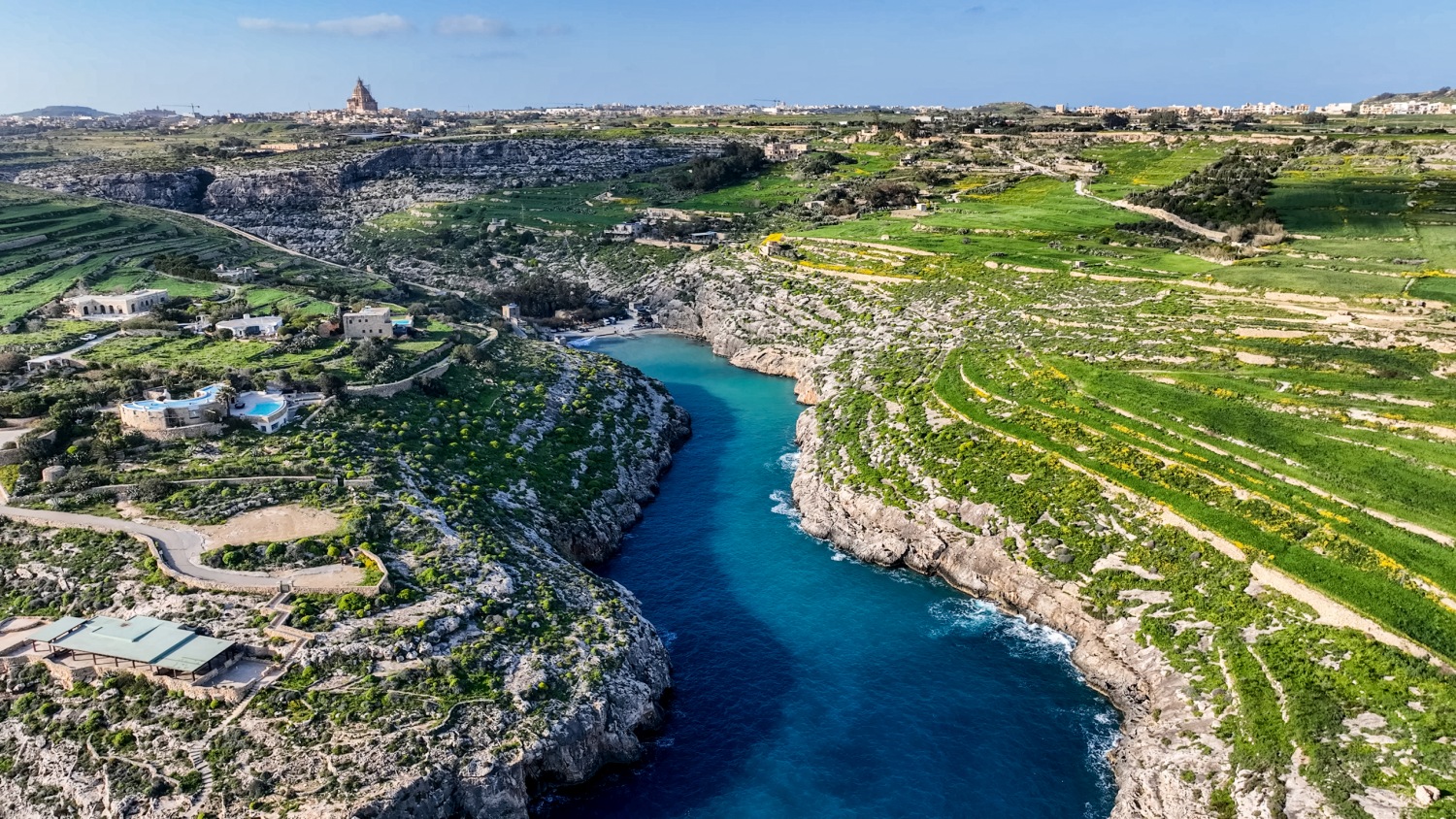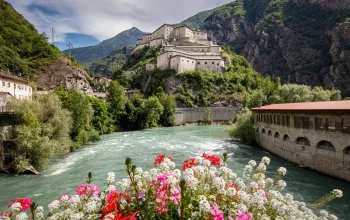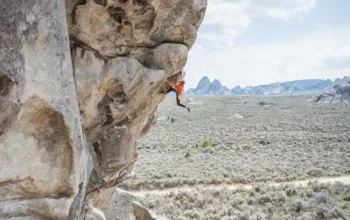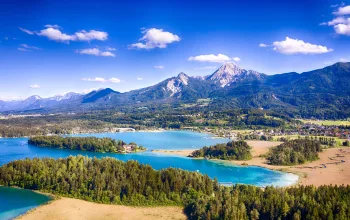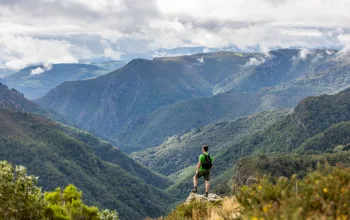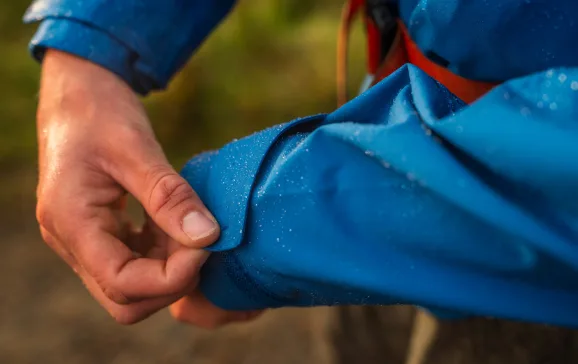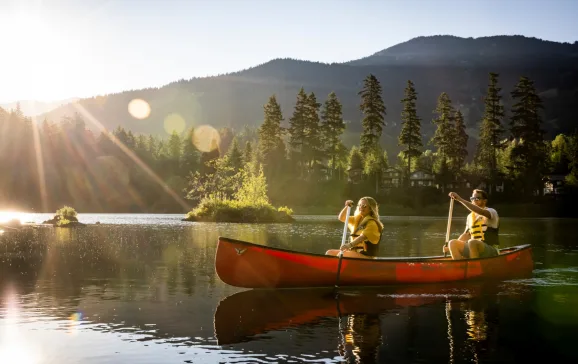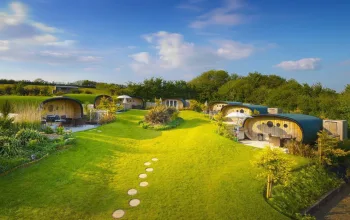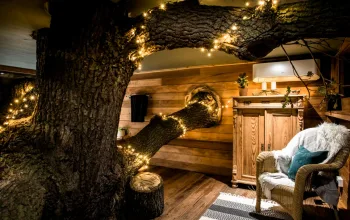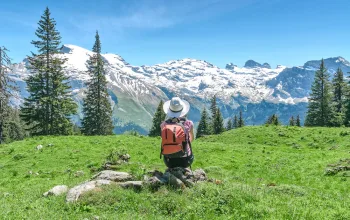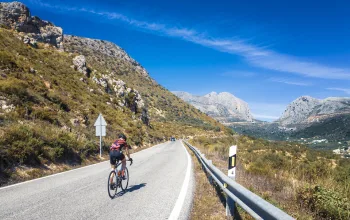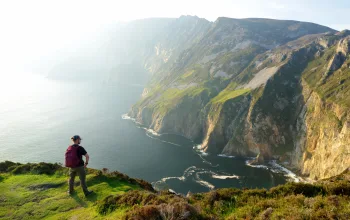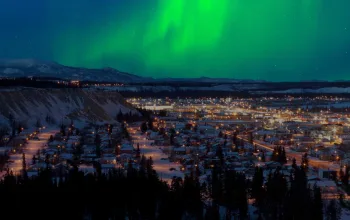Malta has always stood out to me for one quirky reason: as a child, I remember it would often give the UK a generous 12 points at the Eurovision Song Contest. I’ve also heard that Malta’s streets curiously featured the same red letterboxes and phone boxes that are so familiar in Britain. Preparing for my visit, I’m relieved to learn I’ll be driving on the familiar, left-hand, side of the road, and that I won’t have to dig through my tangled odds-and-sods drawer to locate an EU socket adapter.
Why? Well, although Malta officially became independent from the UK 61 years ago after a 164-year occupation, there was a large and influential military presence here as recently as 1979. In the grand scheme of things, this means the dust has barely had time to settle.
With three days of exploring the small island nation booked, I’m curious. I’ve lined up a load of outdoor activities, but I’m also hoping for some deeper insight into the island’s history and culture. Will I be heading to a warmed-up Britain, or will I find a place that has long moved on from its colonial past?
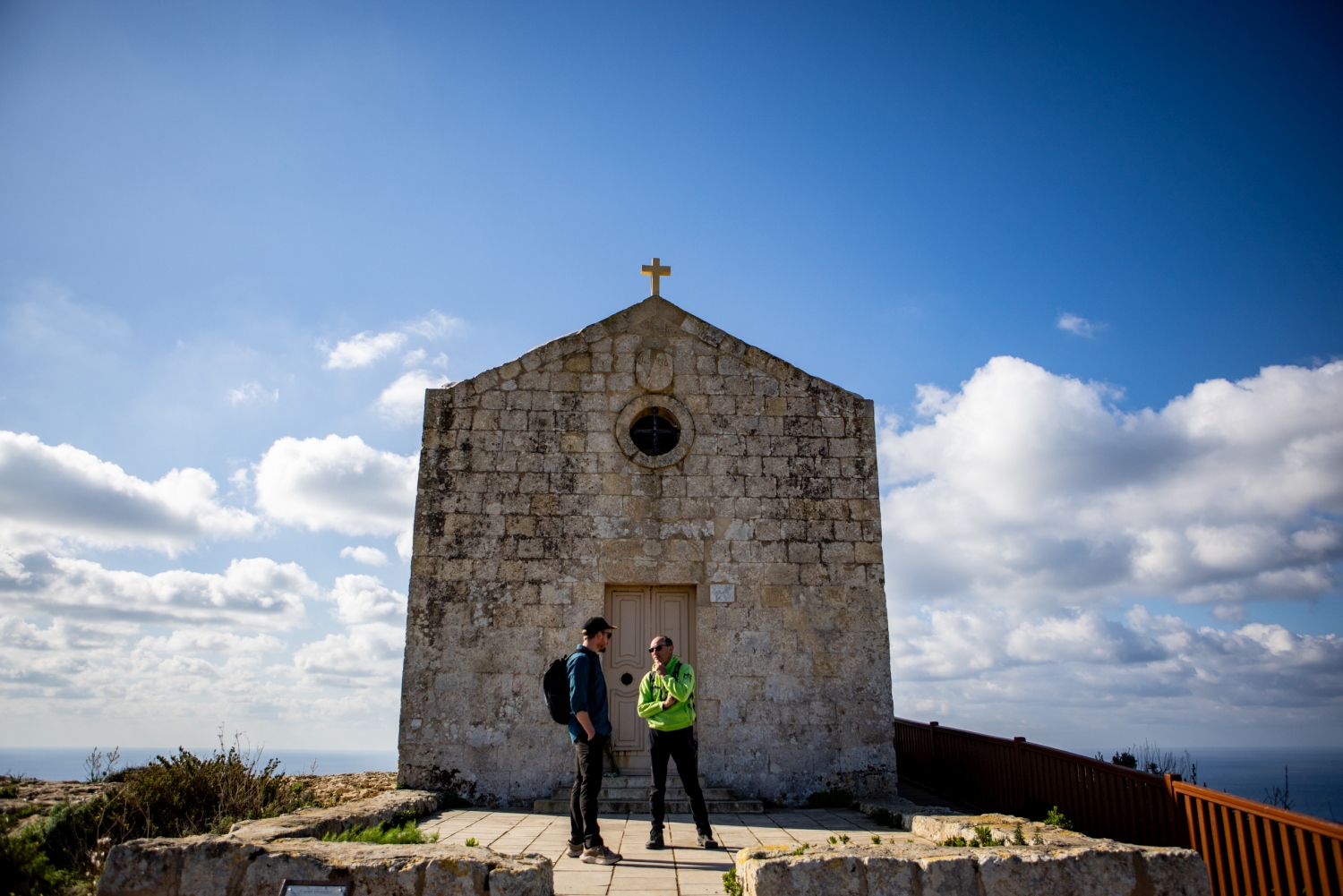
A Walk Through Malta’s Past
The first person I meet during my four-day visit to the islands is Andrew Warrington, the owner of an outdoor activity company called MC Adventure. He’s agreed to take me on a tour around the southern coast of the island. We rendez-vous at a postage-stamp-sized chapel perched on the top of Dingli Cliffs, one of the most famous viewpoints in Malta; where the golden rockface leans over a deep cerulean blue.
“People used to say that Malta had a church for every day of the year, but it’s since been worked out that there are even more,” explains Warrington. His softly spoken accent sounds like RP English, but with a slight mediterranean twang. I assume at first he’s a British expat, but he tells me he’s born and bred in Malta. He points to the horizon and slowly sweeps his finger across it to explain the lay of the land ahead of us.
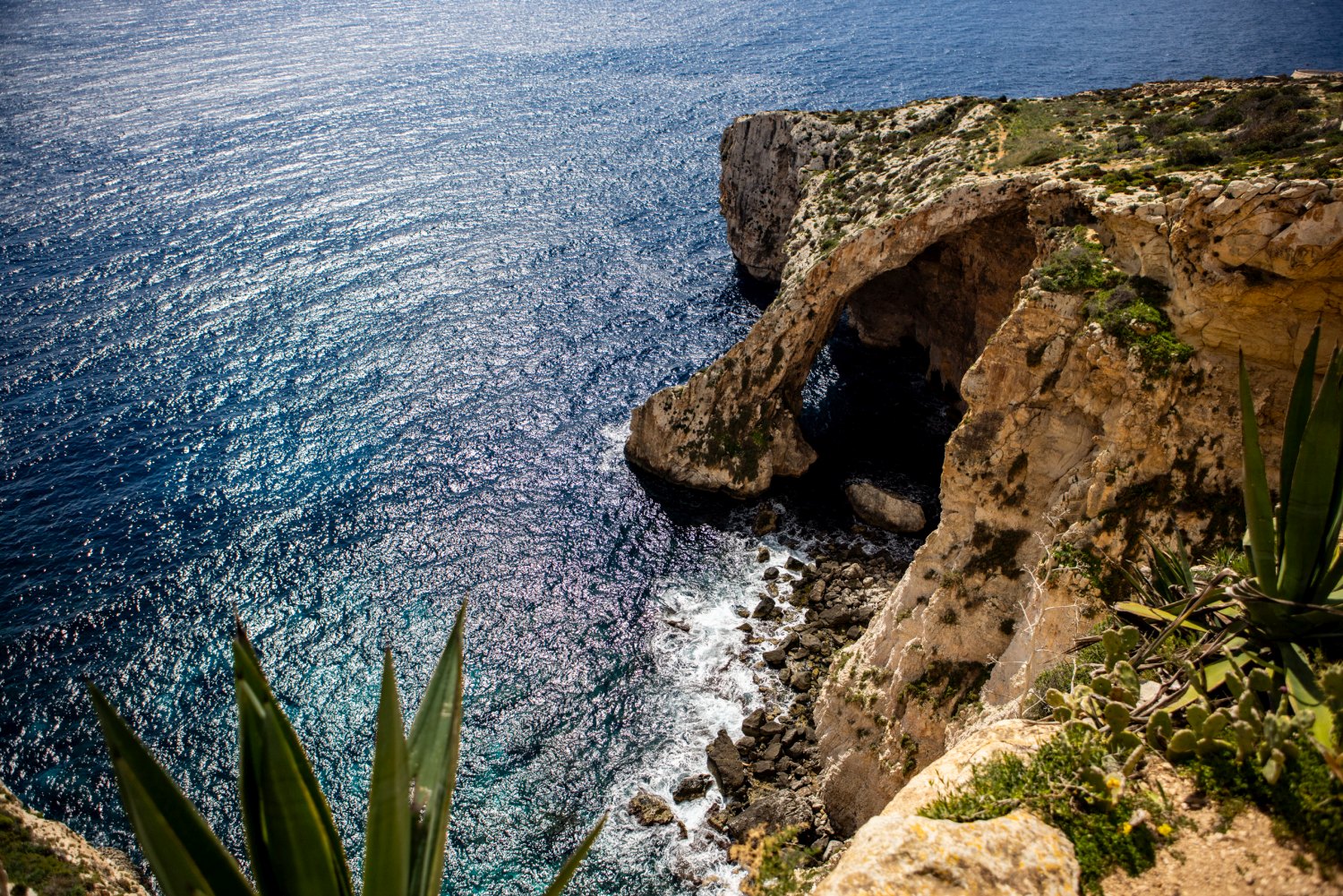
This southern side forms the higher side of this wedge-like island which slopes down to Valletta, the sprawling capital city on the northern coast. In the distance we can see Mdina, a fortified hilltop town with a striking domed cathedral forming its centrepiece. A small woodland grows around its base. Warrington tells me it’s the only one on the island, as the limited rain and thin soil makes it difficult for trees to thrive.
It’s early spring and only yesterday I’d been traipsing through mud under grey Wiltshire skies on my daily dog walk, but now, on this island that receives over 300 days of sun in a year, I can feel rays on my neck and a gentle soothing wind. Ahead of us is an undulating green landscape that’s speckled in yellow wildflowers. One of these, Warrington tells me, is known to the locals as “the English plant.” Its name is Cape Sorrel, and it’s actually originally from South Africa, but it was brought to Malta by an English botanist, who unwittingly created a breakout.
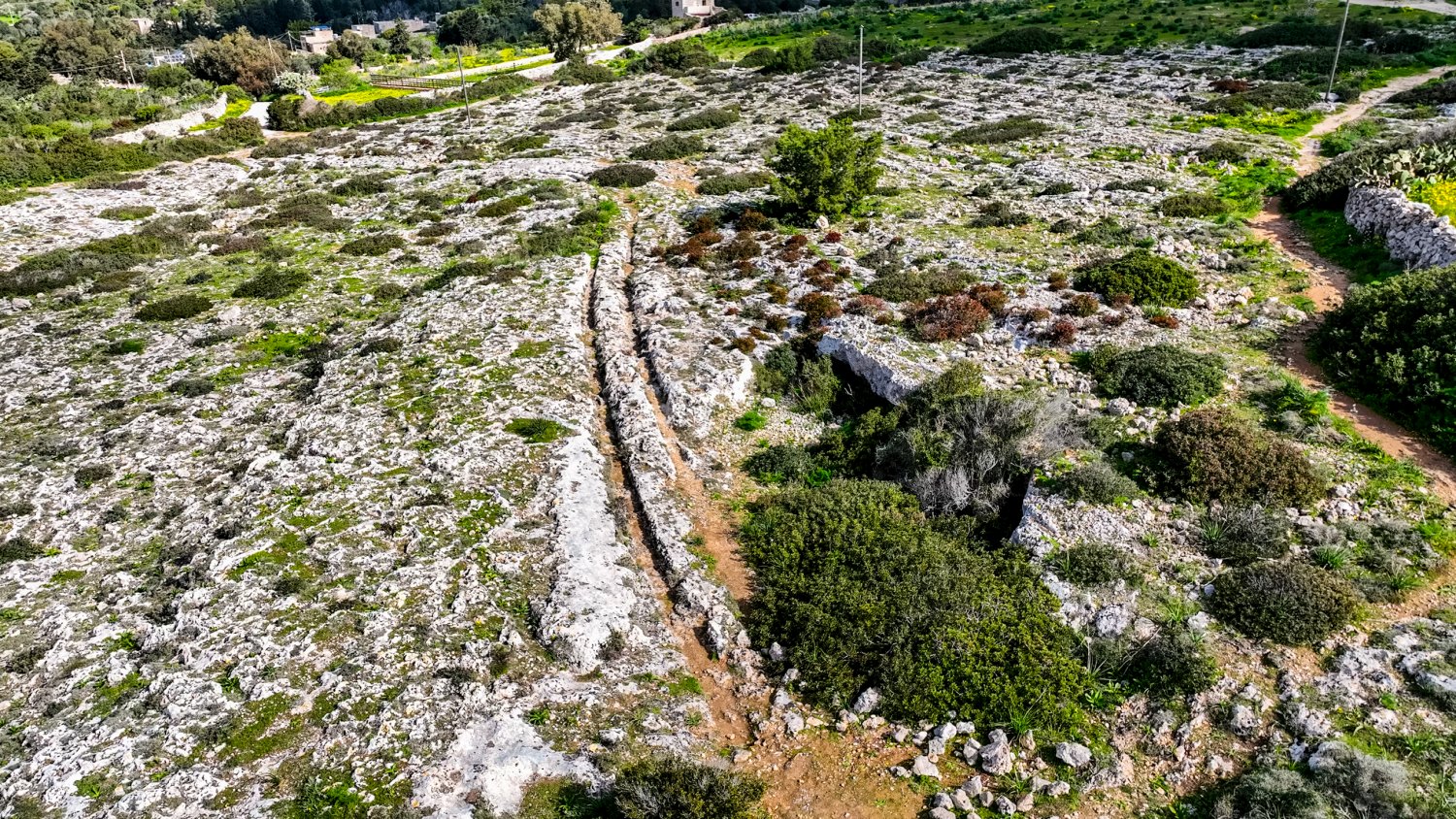
The next location we visit is called Clapham Junction—or Misrah Ghar il-Kbir, to give it its Maltese name. Here, we don’t find a busy train station, but instead, a broad table of limestone that appears to have been scored with criss-crossing track-like cuts. “We know that these tracks are man made,” says Warrington, “but no one has been able to decipher why. You’d think they were cut as cart ruts but the pairs of lines don’t run perfectly parallel to each other.” Just a stone’s throw from this site, we enter a small hole in the ground that brings us out of the morning sun and into a collection of caves. Warrington tells me they’ve been inhabited since prehistoric times, and people lived in them as recently as the 19th century, when the British colonial administration forced the inhabitants to move out in the name of sanitation and modernisation.
On a hilltop overlooking the sea, we find Ħaġar Qim, a ruined megalithic temple. It’s one of the oldest free-standing stone structures in the world, even predating Stonehenge. Like Stonehenge, it’s aligned with the summer solstice, with the rising sun shining through a specially carved hole, illuminating a stone slab inside the temple before the light then sinks down, seemingly to be absorbed by the earth.
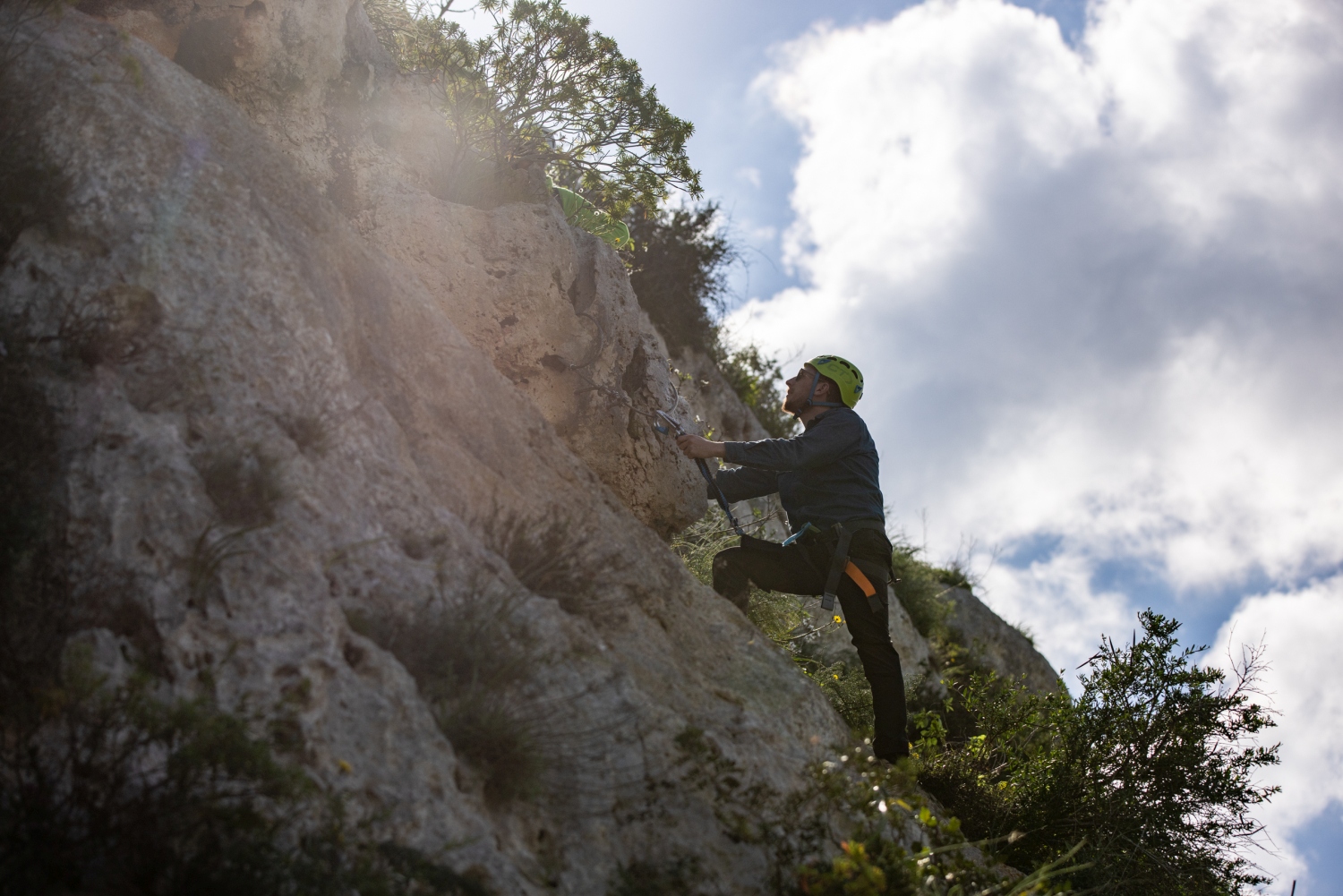
Climbing Paradise
As well as being a fount of local knowledge, Andrew Warrington is the founder of the Malta Climbing Club, the longest established climbing club on the island. There are hundreds of routes here. Malta’s limestone cliffs, sea crags, and caves are ideal for sport climbing, trad and deep-water soloing, and Warrington has been responsible for opening up many of the spots. His latest project is a via ferrata route on the outskirts of the town of Mosta, which he wants me to experience.
He introduces me to his colleague, a northern Italian named Nicola, on the side of a busy main road. Expecting to jump in Nicola’s car, I’m surprised when he immediately hands me a helmet and harness and directs me to follow him over the guardrails. Within moments, we’re dropping down into a steep ravine full of carob and olive trees, where the sound of the road is replaced by the hum of insects. We begin our climb, guiding our hands up the metal rungs and cables on the shaded rock face.
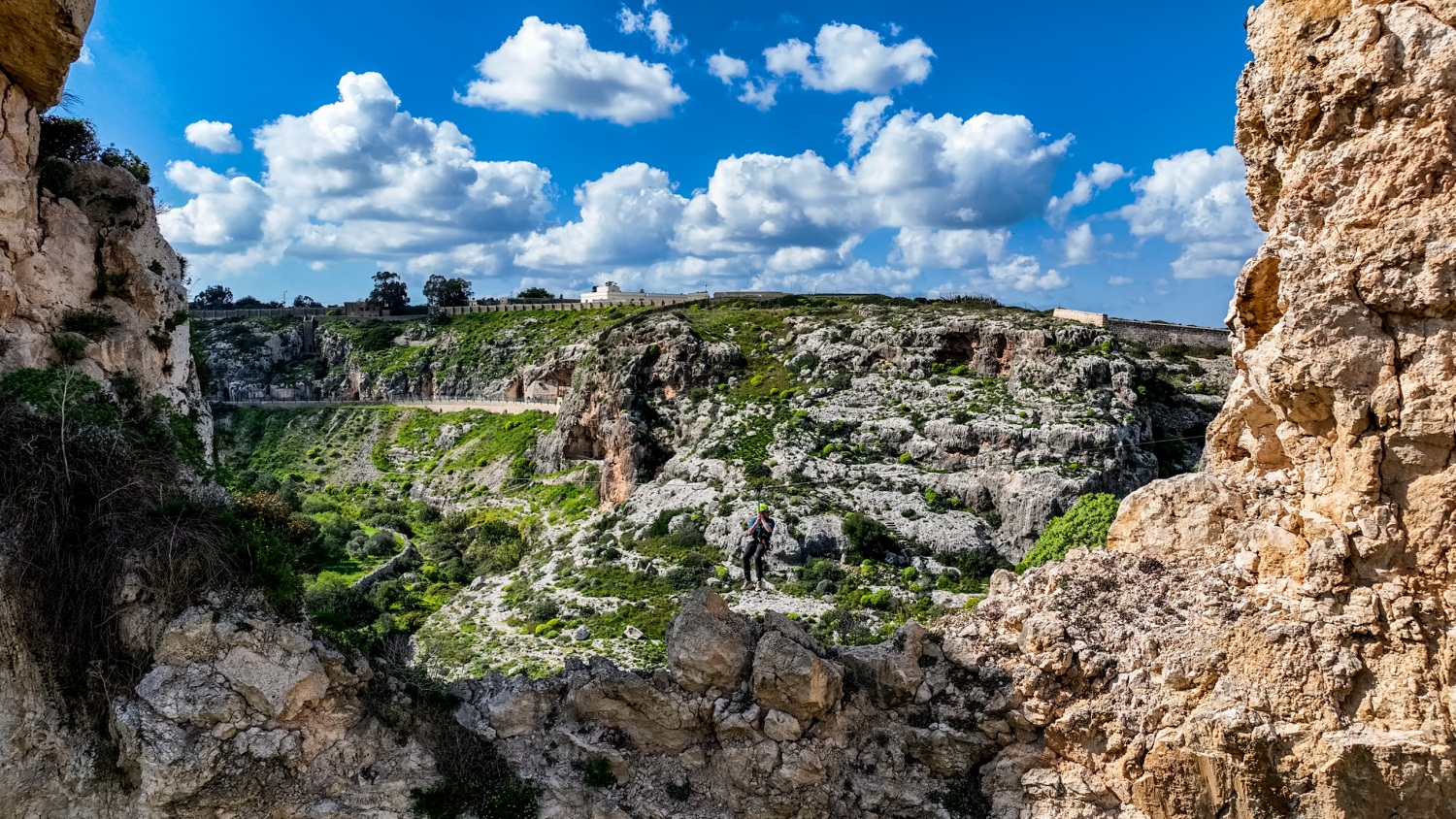
Weather worn, the limestone has a brittle appearance but it feels reassuringly strong. There’s a hefty dose of exposure here—enough to keep me well-focussed—and it’s only when we eventually reach a ledge on the cliff that I’m able to stop and take in my surroundings. A tall stone wall rollercoasters down one side of the ravine and then up the other. I can see a set of steps carved into the opposite cliff, zig zagging up to some imposing fortifications. We’re right on the Victoria Lines, a series of defensive structures built by the British in the 19th century.
Leaving our climb and driving to our next location, the roadside is dotted with similar relics of warfare from over the ages, each one a reminder of what a prized possession this island has been. The most recent of the many conflicts fought here was the Second World War, when the island endured relentless bombing raids by German and Italian forces—to the point that it was, at one stage, the most bombed place on earth.
We arrive on Gozo, Malta’s much smaller neighbour, late in the evening after an easy 20-minute journey on the car ferry. Even in the dark, the place feels very different to Malta. The roads are quieter, narrower and twistier, while the amber glow of the occasional streetlight reveals glimpses of crumbling baroque-style buildings.
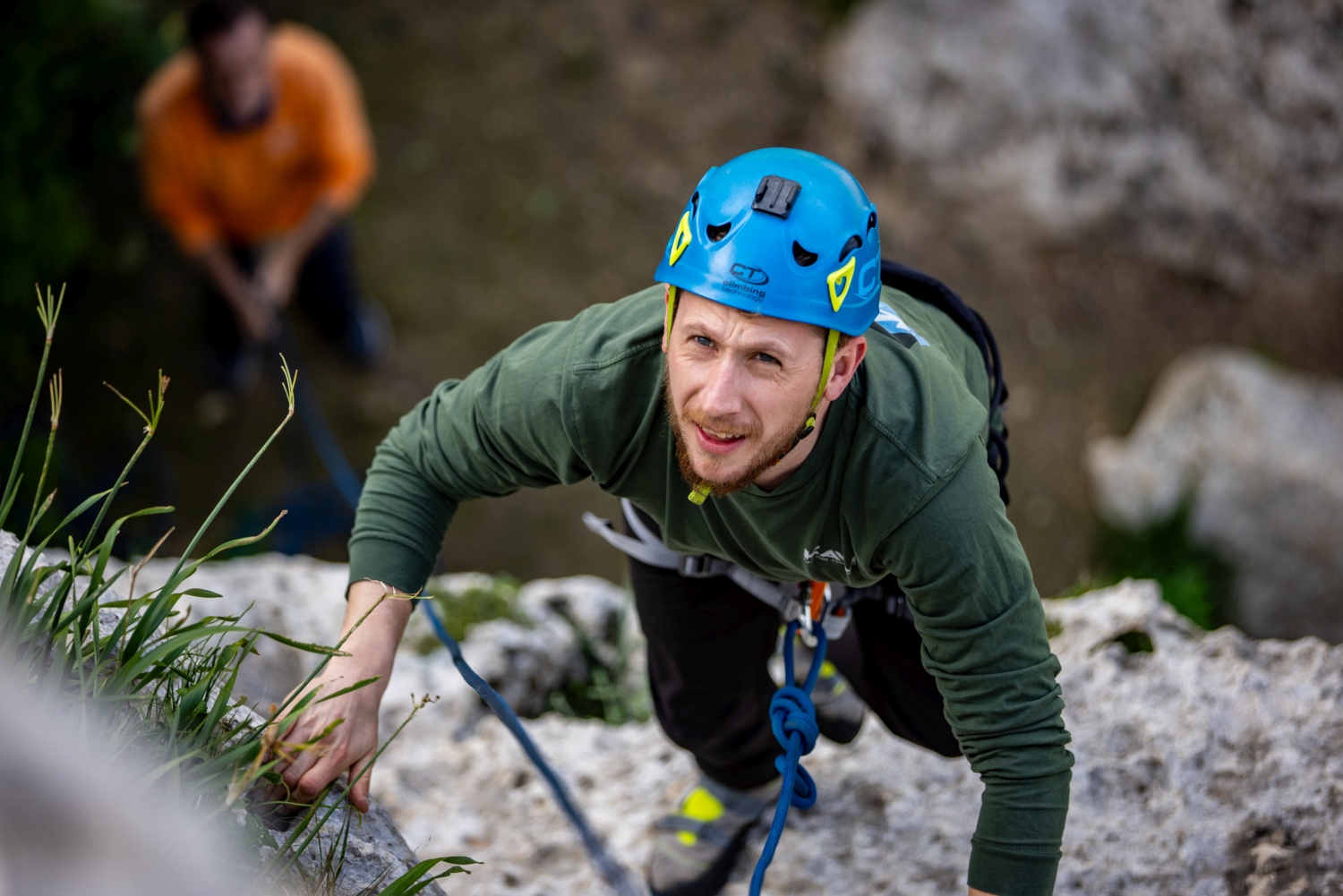
The next morning, rock climbing is on the agenda again—trad style this time. My guide is Didi, a veteran climber who grew up in East Germany. After a period spent mountaineering in the Himalayas, he visited Gozo for a holiday and quickly realised it had everything that a free and easy climber such as himself could ever want for.
“Welcome to my office,” Didi says as he leads us down into the deep scar of a ravine called Mgarr ix-Xini. Along the way, he points out each of the dozens of routes, many of which were created by the Royal Marines in the 1970s. “This was all full of shrub and weeds, like a jungle,” Didi explains. “I came down here with a pair of sheers and cleared it all out myself. Eventually I stopped and I said, f**k it, that’s enough— now I climb.”
We pause and he peers up at a rock face above us. “This is where I climbed. It’s called Didi’s First.” I try out a few simple routes with Didi and feel ashamed that such a climbing expert has to witness my terrible form. He shows the patience of a saint, of course. Eventually, I have a go at Didi’s First, which proves to be my last. My wrists are done and I’m climbed-out for the day. We make our way back to our cars via a staircase that had been painstakingly carved into the stone. “Did you create this Didi?” I ask. “Of course not,” he replies. “I’m not that stupid. It was probably the Brits.”
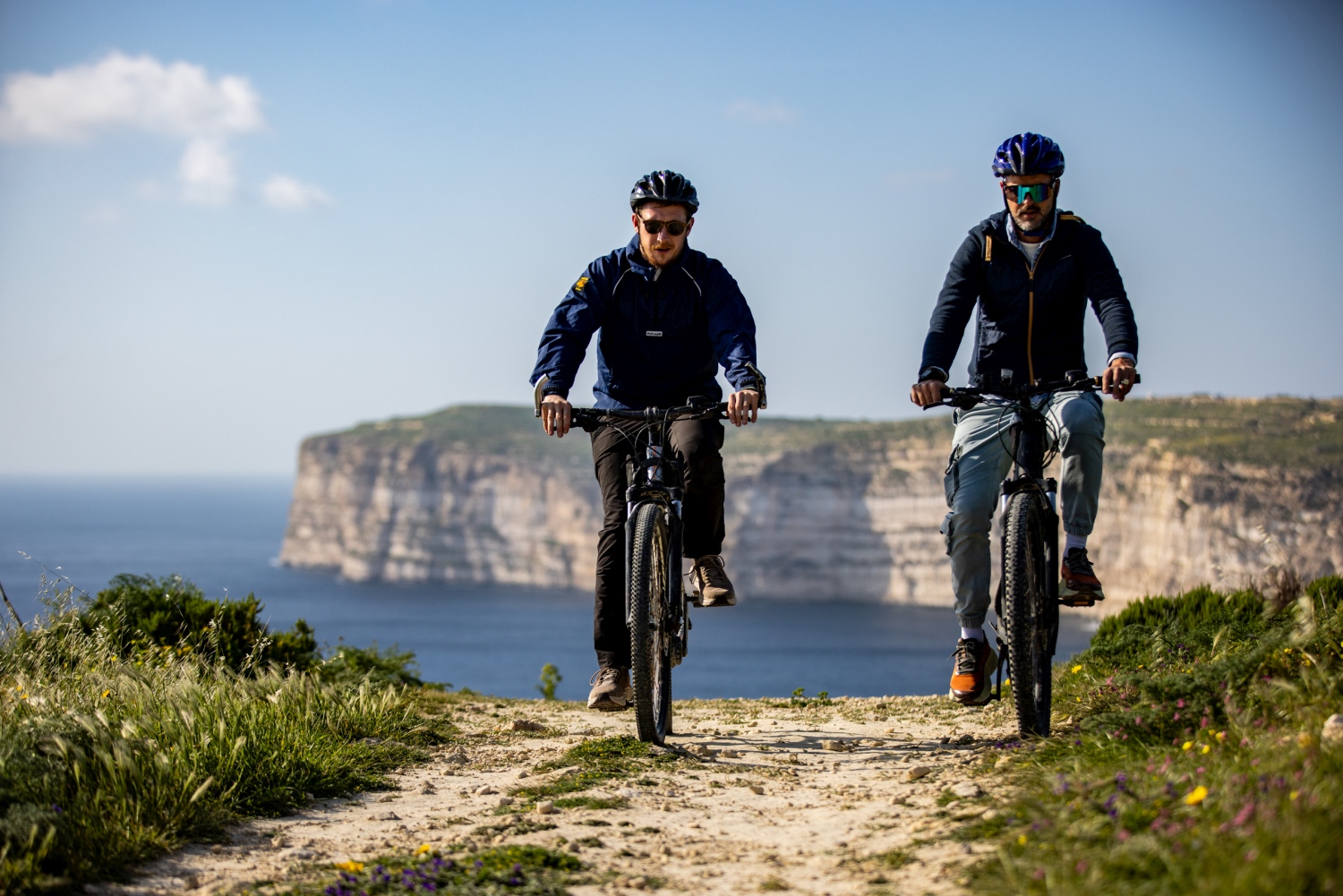
In the afternoon we meet Kevin Grech who has e-bikes waiting for us outside his garage. Grech, who looks remarkably like Pep Guardiola, was raised in Gozo, spent some time in Malta and then decided to return to the island to raise his young family. Over the next two hours he takes us on a whistle-stop tour through the Gozitan countryside, with its rabbit warren of dry stone walls and ancient terraces. In this evening light, the shadows lengthen across the olive groves and fields of cacti which, judging by the perfumed smell in the air, are in bloom.
We take a dirt track that teeters along huge white cliffs at Sanap on the island’s south coast then head uphill while Grech points out the wild asparagus, fennel and capers along the side of the road. At the top, we stop, and, on his insistence, I sample the stem of one of “the English plants”. It’s sharp and tastes surprisingly lemony and fresh. From this viewpoint, we can see all four sides of the island, each of which looks no more than a 15-minute bike ride away. “The best thing about Gozo is that you can always seek out the perfect coastal conditions,” Grech tells me. “There’s always a side that’s out of the wind, or that has the cleanest water for swimming or clearest water for snorkelling.”
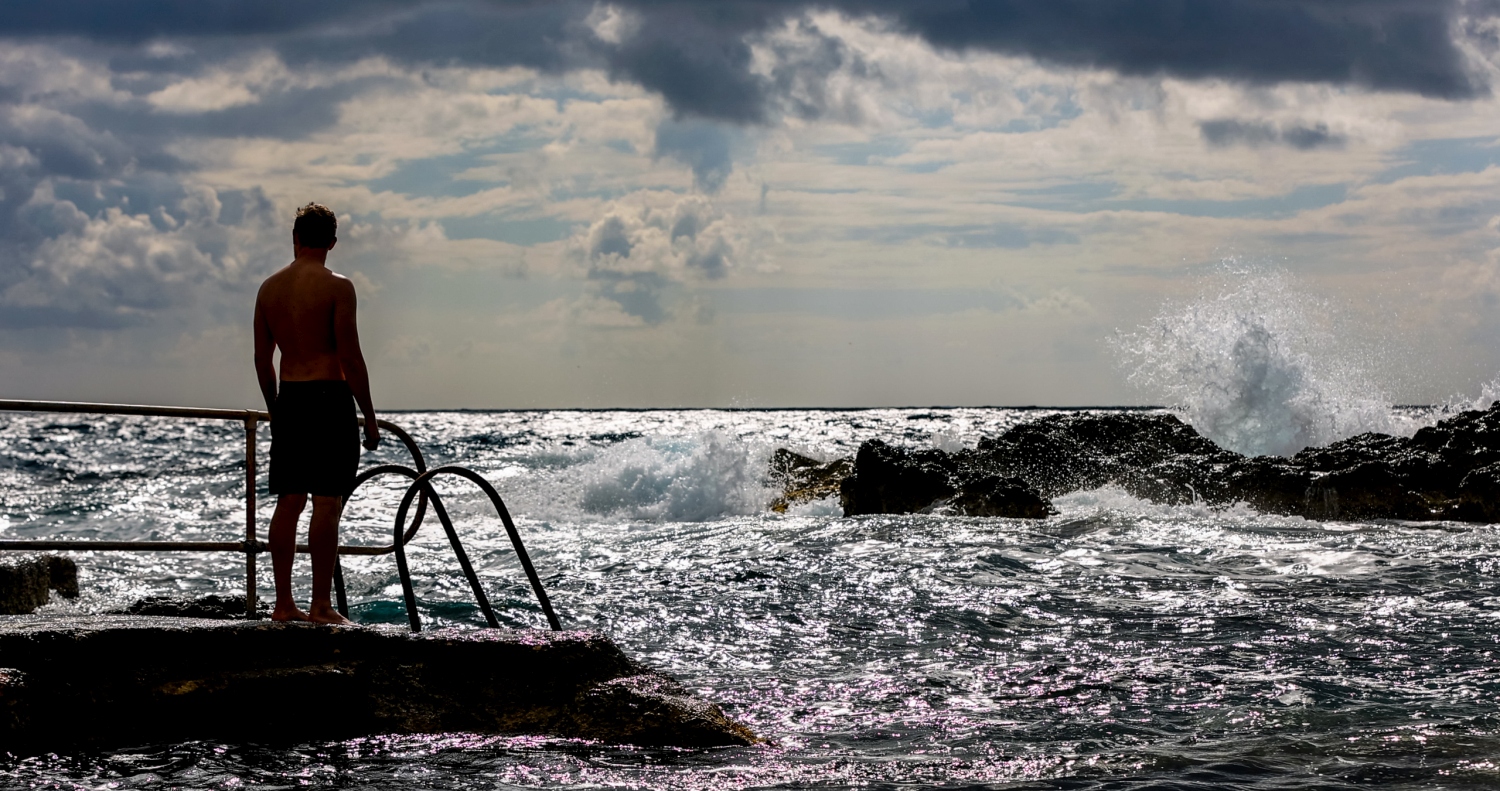
The Final Whistle
My trip ends back on Malta with a revisit to a coastal lagoon at Ghar Lapsi. I’d passed it with Andrew Warrington earlier in the trip and had mentally bookmarked it as a place to come for a morning swim before my flight home. I ease into the clear water and swim slowly through it, reflecting on the last few days. What I’ve found on Malta and Gozo is a place that’s totally unique; it does have many of the familiarities of Britain, but those influences feed into a culture with many fascinating layers to it, all forged by the civilisations that have been drawn to this focal point in the Mediterranean over thousands of years.
I think back to a conversation Kevin Grech and I had during the previous day’s e-bike tour, about why he had decided to stay on Gozo. He put it into perspective with an unexpected analogy: Maltese football. Unlike other small nations like Iceland, the Faroe Islands, and Liechtenstein, who all manage to punch above their weight, the Maltese national team has never got anywhere on the international stage. Why? Because in those countries, the players are happy to ply their trade in higher-profile leagues overseas, picking up skills which then serve them well when it comes to major tournaments. The Maltese, by contrast, aren’t so keen to leave. After four days here, I can easily understand why.

The Mystery of Malta’s Lost Civilization
The British weren’t the first imperial power to covet Malta. Over the years, the long-suffering island has been fought over by most of the Mediterranean’s great empires—from the French under Napoleon, to the Aghlabid Arab dynasty, to the Byzantine, Roman, Carthaginian and Phoenecian Empires. But the fate of the island’s first great civilization, which survived for more than a millenia, and then collapsed within two generations, remains a mystery.
Between 3850 and 2350 BC the islands’ inhabitants built not just Ħaġar Qim, but several other enormous and sophisticated temple complexes, before being wiped out, seemingly with no sign of a struggle. Recent archaeological studies suggest that they quickly felled all the island’s trees, and struggled to deal with the resulting soil erosion. They raised dairy animals instead of planting crops, and seem to have employed various sophisticated workarounds, but eventually succumbed—not to invasion or disease, but to self-inflicted environmental catastrophe. The parallels write themselves.
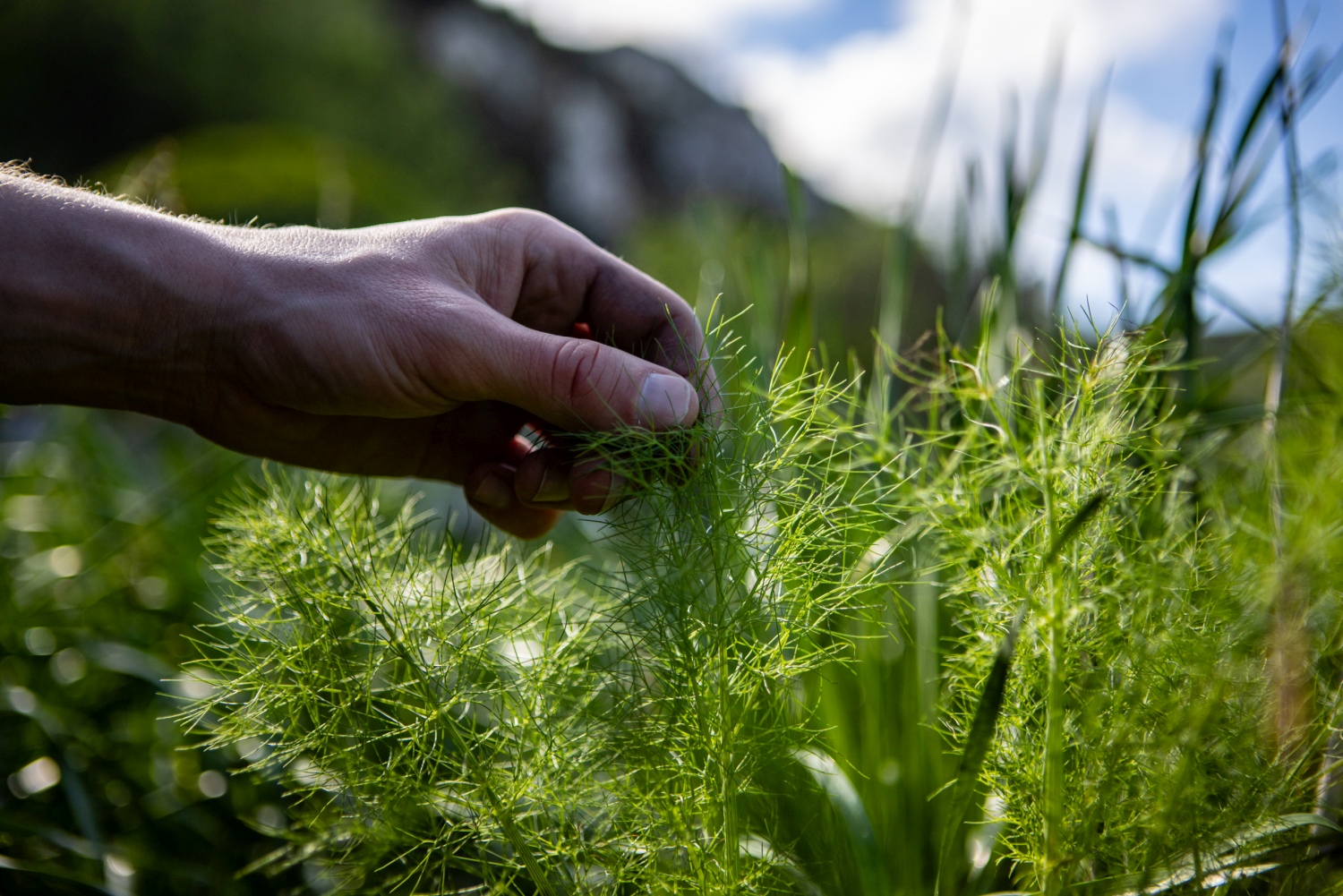
Know how
The trip
Will’s trip was supported by the Malta Tourist Board. Their website offers tips on what to see, where to go, and how to book.
Getting there
Airlines such as KM Malta, Ryanair, easyJet, Aer Lingus, and British Airways offer direct flights to Malta International Airport (MLA) from numerous cities.
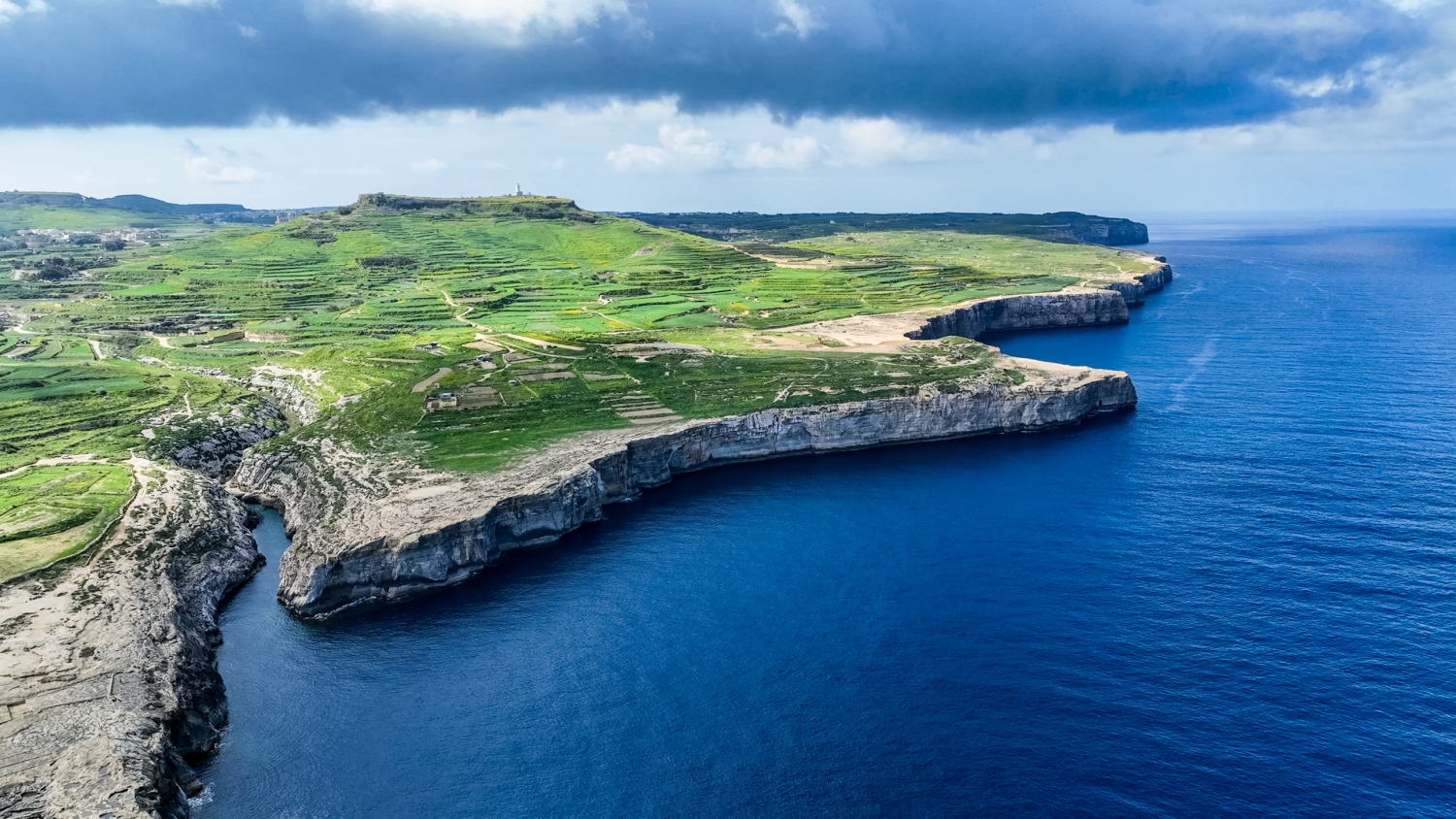
Where to stay
On Gozo, Will stayed at the Kempinski Hotel San Lawrenz and, on Malta, Radisson Blu Resort & Spa, Malta Golden Sands near Mellieha.
Guides & Activities
Will’s guides and activities were booked through Gozo Adventures, Gozo Segway Tours, and MC Adventure.
What to pack
Malta enjoys a Mediterranean climate with hot, dry summers and mild winters, making it a year-round destination for pleasant weather. All the technical equipment used in this story (including climbing shoes and bike helmets) was provided by the guides.



